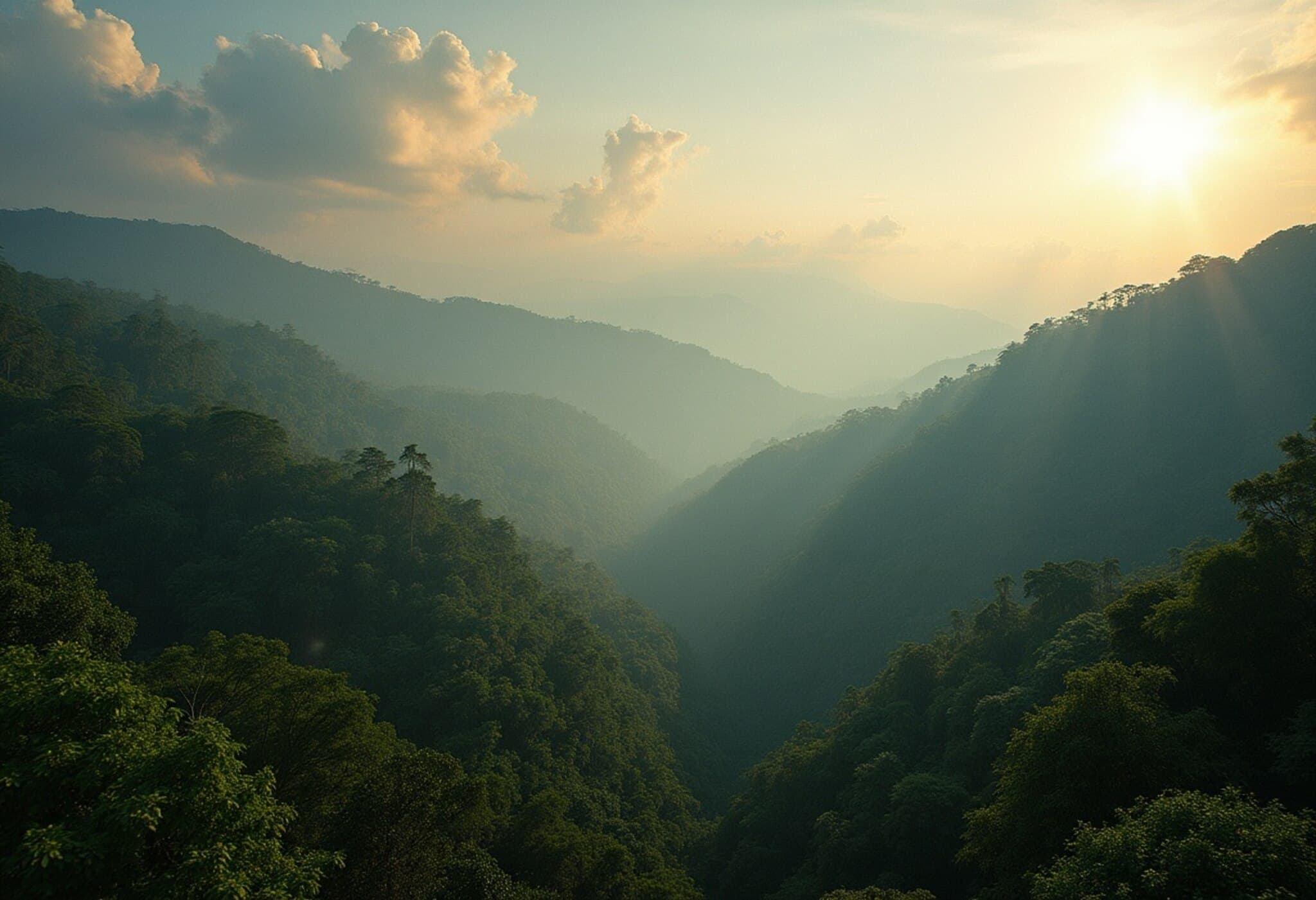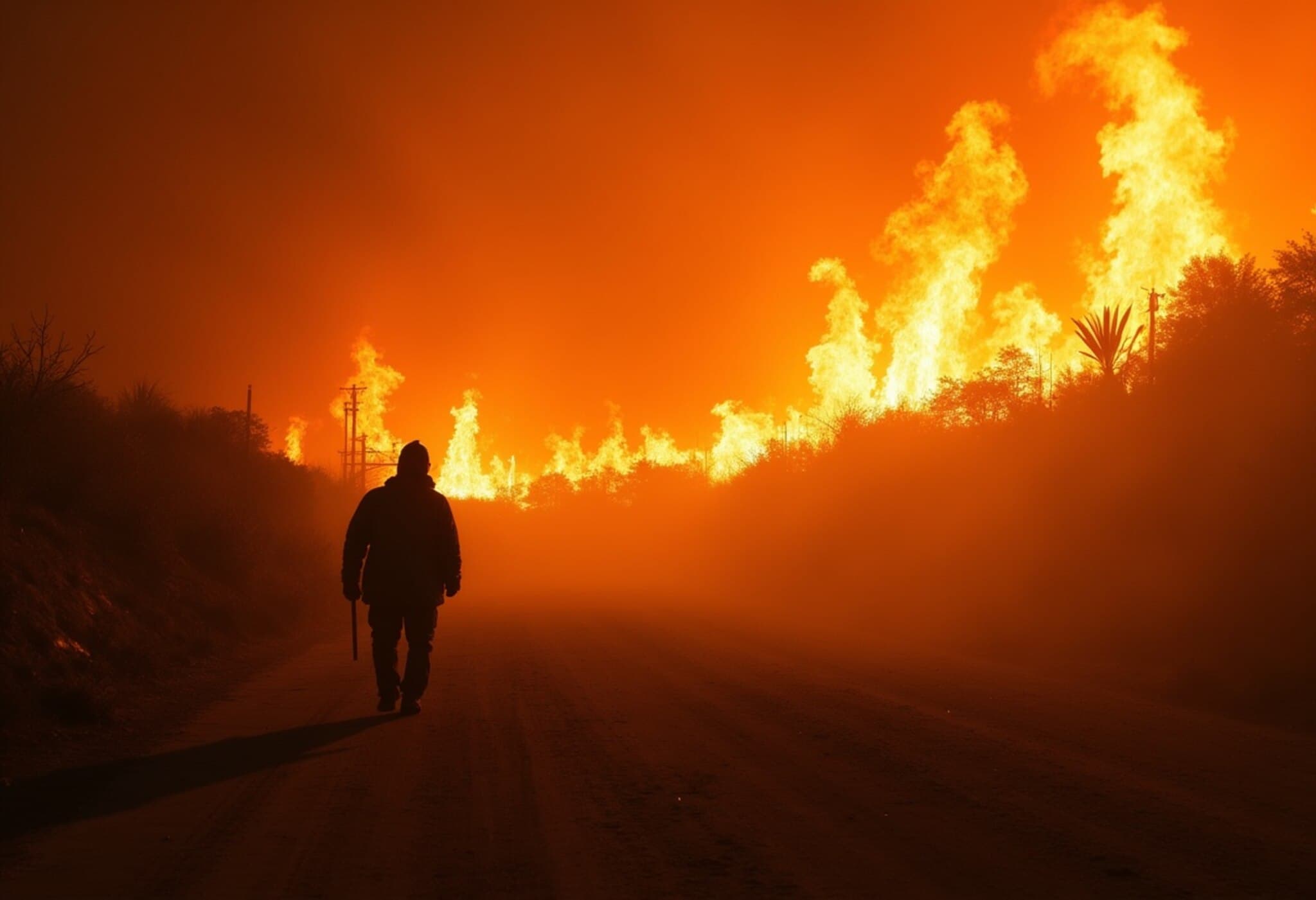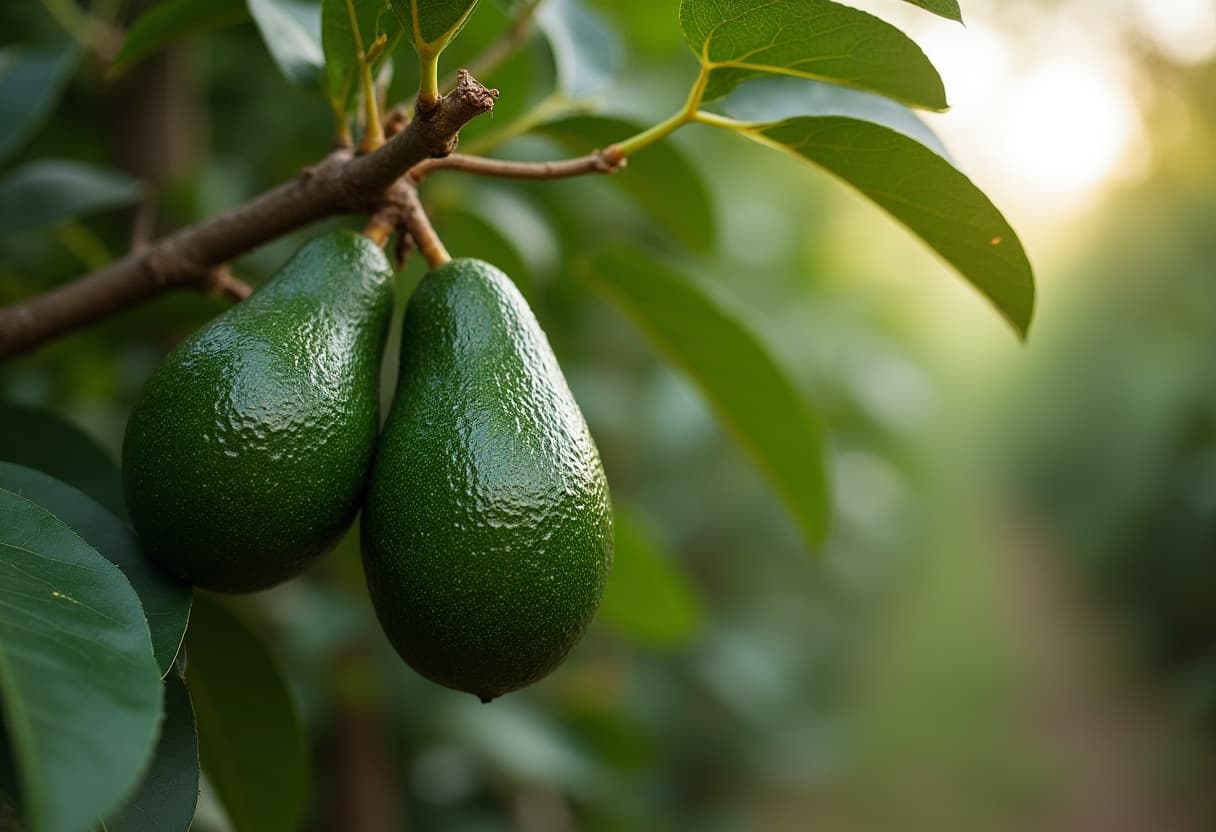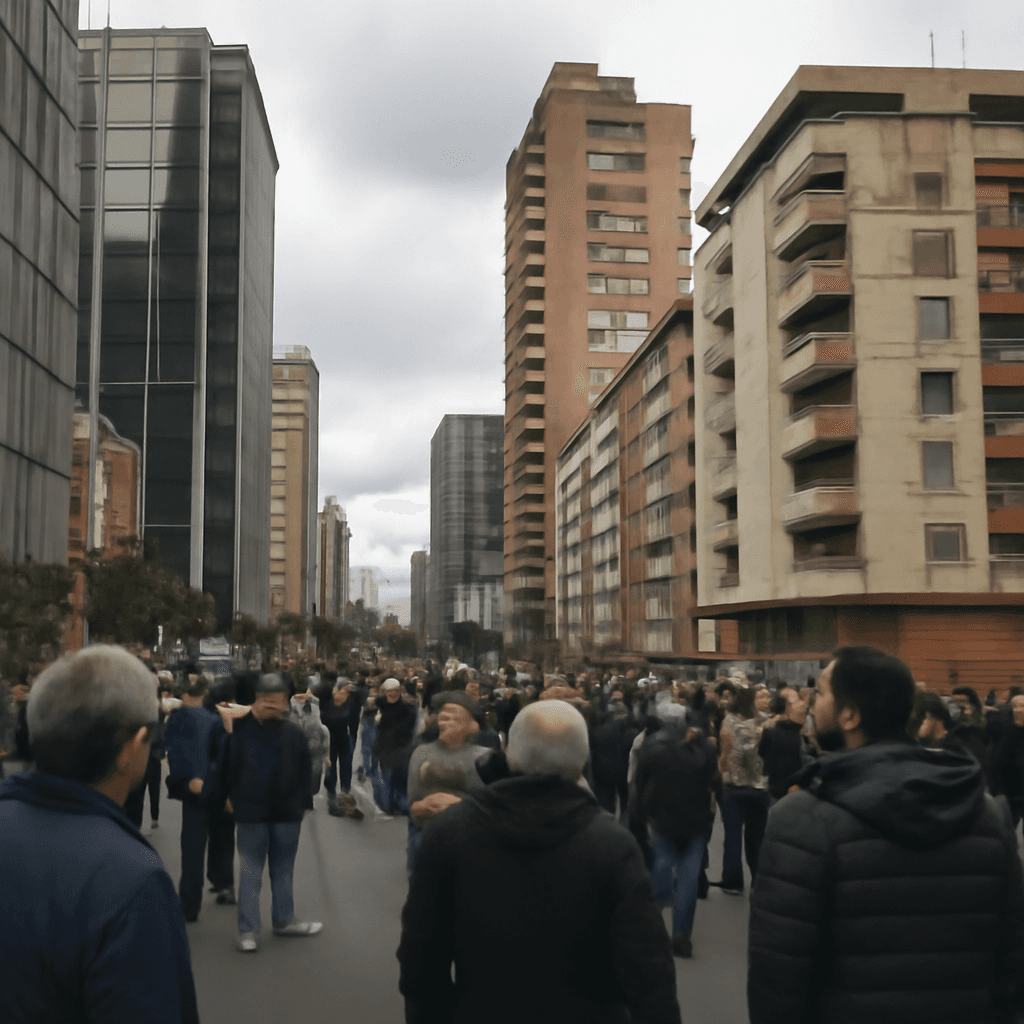Colombia Records Sharp 43% Increase in Deforestation in 2024
In a worrying reversal of recent environmental progress, Colombia's deforestation rates surged by 43% in the first half of 2024 compared to last year. The country's Ministry of Environment revealed that approximately 113,608 hectares (over 1,136 square kilometers) of forest were lost, wiping out gains made in 2023 when deforestation had fallen to a 23-year low.
The Amazon: Ground Zero of Environmental Loss
The vast Amazon region—often regarded as the lungs of the planet—bears the brunt of this ecological setback, accounting for more than 65% of the total deforestation. Nearly 75,000 hectares of Amazonian forest vanished in just six months, underscoring the fragility of this biodiverse ecosystem amidst mounting pressures.
Drivers Behind the Surge: Climate and Human Activity
Environment Minister Lena Estrada addressed the alarming statistics at a recent press conference in Bogota, emphasizing that deforestation remains a persistent challenge, especially in the Amazon rainforest. She highlighted the role of climate change-induced droughts and resulting wildfires as significant contributors to forest loss this year.
But climatic factors are only part of the story. The ministry identified several human-driven causes exacerbating deforestation, including:
- Expansion of livestock farming, with growing demand prompting land clearance for pasture
- Illegal road construction, which fragments habitats and opens up remote areas to exploitation
- Land grabbing for agricultural use and illicit crop cultivation, notably coca leaf plantations
Colombia’s Forests: An Ecological Treasure at Risk
Colombia is a global biodiversity hotspot, home to thousands of unique plant and animal species. Its forests span roughly 59.1 million hectares, covering more than half the nation's territory. These woodlands are crucial not only for biodiversity but also for regulating global climate through carbon sequestration.
The recent increase in deforestation threatens to erode these natural assets and jeopardizes efforts to combat climate change. Experts warn that such losses can trigger a feedback loop—where reduced forest cover worsens drought intensity, fueling more fires and destruction.
Looking Ahead: Challenges and Solutions
Addressing Colombia’s deforestation surge demands a multifaceted approach:
- Strengthening enforcement against illegal logging, land grabbing, and illicit crop expansion.
- Investing in community-led conservation initiatives that provide sustainable livelihoods.
- Enhancing climate resilience through reforestation and fire management strategies.
- International cooperation to support conservation funding and address transboundary environmental impacts.
For the United States and other nations invested in global climate stability, Colombia’s deforestation trends carry implications for hemispheric biodiversity, carbon emissions, and indigenous rights. Supporting Colombia's efforts aligns with broader goals of environmental justice and climate action.
Editor’s Note
The 43% spike in Colombia’s deforestation is a sobering reminder that environmental gains can be fragile and swiftly undone by intertwined factors—climate stress, economic pressures, and governance challenges. As the world watches the Amazon’s fate with growing concern, it’s critical to grasp how local actions reverberate globally. How will Colombia balance development needs with conservation imperatives? And what role will international partnerships play in safeguarding this irreplaceable ecosystem? These questions merit urgent, thoughtful engagement from policymakers, civil society, and all stakeholders.



















